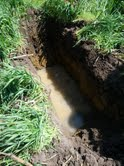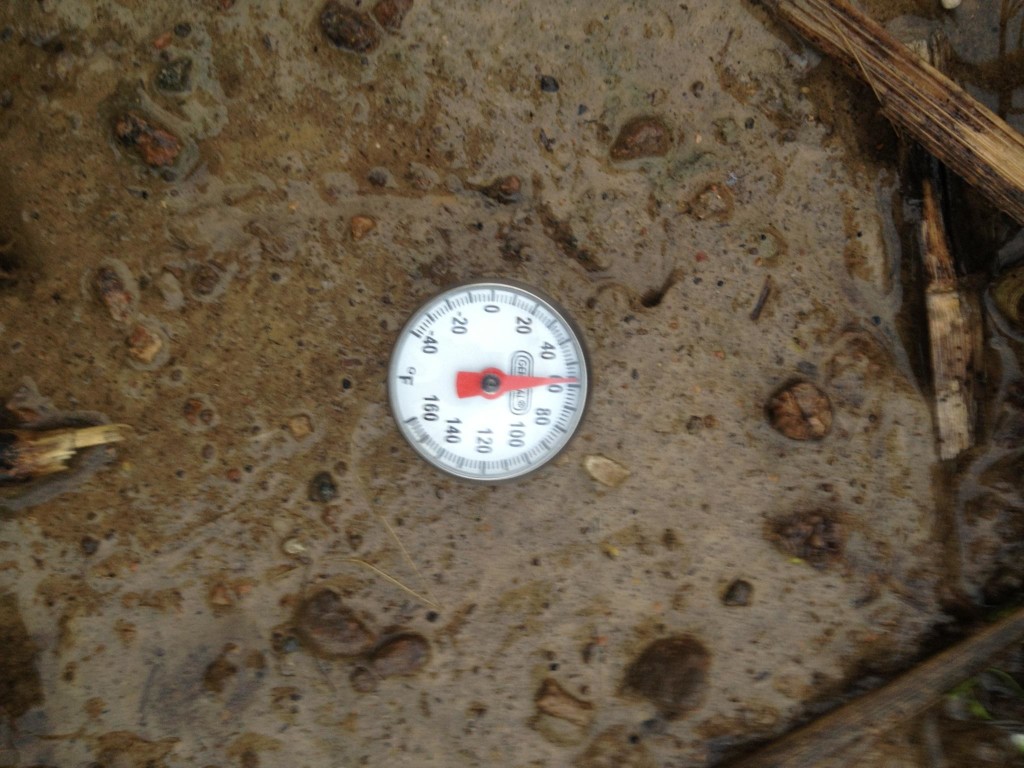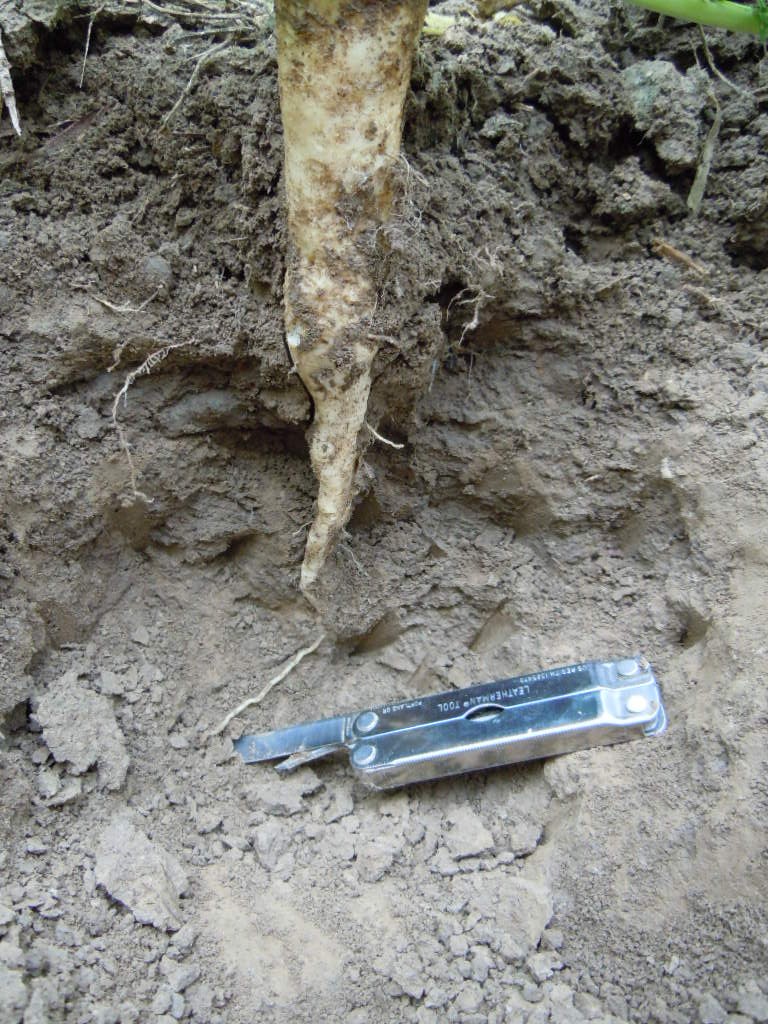Root Pit Reveals 40″ Cereal Rye Roots
I am blessed to hear from farmers around the world about their cover cropping adventures. One young man, Brian Scott, from Carroll County, Indiana has generously shared his information with me again this spring. This post is Brian’s report from early May, 2013. To see Brian’s photographs, click here. We dug a few pits in […]
Root Pit Reveals 40″ Cereal Rye Roots Read More »


